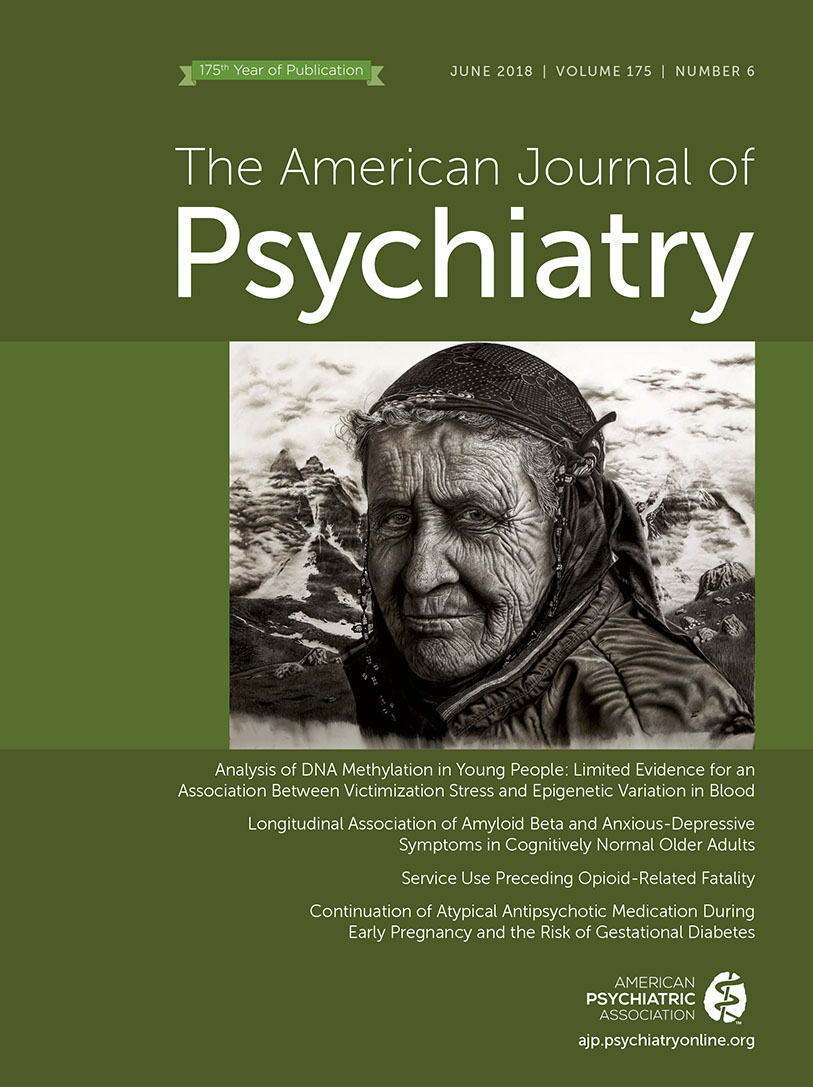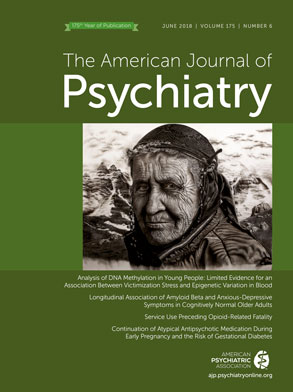The opioid epidemic is ravaging broad swaths of the United States; drug overdoses kill more Americans each year than died at the peak of the HIV/AIDS epidemic and during the entire 20 years of the Vietnam conflict. The current crisis is a congruence of the urban minority heroin epidemic of the mid-1900s and a more recent epidemic, largely attributable to opioid painkiller overprescribing, cutting across socioeconomic strata in rural, suburban, and urban communities. Geographic hot spots include northern New England, Appalachia and the Ohio Valley, Florida and the Gulf Coast, the Southwest, Northern California and the Pacific Northwest, and the Canadian border. Although the recent epidemic grew out of overprescribing of opioid analgesics, and “pills” continue to play a role in initiation, prescribing has recently declined, as have related overdoses. Instead, because of the scarcity and high street cost of pills and the widespread availability of inexpensive heroin (prices have dropped by nearly an order of magnitude) and cheap, highly potent fentanyl formulations, many who started on pills have switched. In New Hampshire in 2017, 48% of opioid fatalities involved fentanyl alone, and 85% involved fentanyl either alone or with another drug (
1).
In this issue, Olfson et al. (
2) describe a secondary analysis linking National Death Index data to Medicaid Analytic Extract medical care and pharmacy claims data in the 30 days and the 12 months preceding 13,089 opioid-related deaths. Sixty-two percent of the fatal overdoses were in people with chronic non-cancer pain diagnoses, the remainder without; the study’s main focus is on demographic, clinical, service use, and filled prescription differences between the pain and nonpain subgroups. Differences were manifold and face valid—more fatalities in people with chronic pain (than without), more mental health and alcohol and drug use diagnoses, more services, more recently filled opioid and benzodiazepine prescriptions, and more nonfatal overdose events. These differences reached a significance level of p<0.0001, but more important, they were robust, with proportions in many cases being twofold greater in the pain group. Patients with chronic pain were more than three times as likely to have filled both opioid and benzodiazepine prescriptions in the 30 days prior to death. These findings lead to pragmatic recommendations to identify high-risk populations and intervene where possible. Although not a focus of the article, an important take-home message is that even among the nonpain population, these risk factors are highly prevalent—42% had past-year opioid prescriptions, 42% had benzodiazepine prescriptions, 41% had antidepressant prescriptions, 3.1% had opioid poisoning, and 28.3% had any substance use diagnosis (including 12.7% for opioids and 10.6% for alcohol)—suggesting that these risk groups should not be ignored when targeting interventions. A shortcoming the authors readily acknowledge is that these are old data (2001–2007) and that new risk factors, particularly the easy availability and profound toxicity of fentanyl formulations and purer heroin, should be attended to.
In addition to recognizing risk factors, successful control and eradication of the epidemic requires supply-side interventions (manufacture, importation, distribution), prevention (improved prescribing, nonopioid painkillers, school-based programs), and treatment (overdose reversal, expanded use of methadone, buprenorphine, and naltrexone).
Advances in neuroscience (
3), particularly recent identification of discriminable signaling pathways mediating analgesia and reward, are enabling development of “biased” mu opioid receptor agonists that, after decades of dashed hopes, may be effective nonaddictive painkillers. New kappa opioid antagonists may relieve stress-induced pain and contribute to treatment of opioid use disorder, and approaches targeting dopamine, other neurotransmitters, endocannabinoids, and sodium channels are promising.
New formulations of existing compounds reduce abuse and diversion (e.g., buprenorphine/naloxone combination), improve treatment adherence (e.g., extended-release injectable naltrexone, implantable naltrexone pellets, implantable buprenorphine rods, extended-release injectable buprenorphine), and accelerate community adoption of overdose reversal medications (intranasal naloxone).
Addiction has historically been treated in urban specialty settings divorced from mainstream health care. To get treatment to where it’s needed, stigma, training, and other barriers must be addressed. The National Institute on Drug Abuse supports programs to introduce addiction screening, assessment, and treatment in primary care settings (NIDA protocols CTN-0074 and CTN-0062), buprenorphine and extended-release buprenorphine in emergency departments with linkage to ongoing care (NIDA protocols CTN-0069 and CTN-0079), and a range of pharmacotherapies throughout the criminal justice system (
4,
5). Incorporating addiction-common data elements into large health care systems’ electronic health records (NIDA protocol CTN-0062), hospital-based addiction consultation services, telehealth, and hub-and-spoke consultation can expand treatment.
Restrictive medication requirements and medication stigmatization limit widespread pharmacotherapy. Methadone is administered only in tightly controlled settings that are often off-putting and are nonexistent in many parts of the country. Buprenorphine can be prescribed in primary care settings, but only by providers who have completed intensive training, a significant barrier, particularly for busy primary care providers. Extended-release naltrexone is unrestricted, and two recent studies (
6,
7) found that patients with opioid use disorder who are started on extended-release naltrexone do as well as those on buprenorphine, although getting started was sometimes precluded by a detoxification hurdle. These findings address long-standing controversies in the field—fueled in part by the absence of data—as to whether pharmacologically and conceptually opposite agonist (methadone, buprenorphine) or antagonist (naltrexone) approaches are preferable, and they give patients the opportunity to make important data-informed treatment decisions in keeping with their goals and lifestyles. Harm reduction—needle exchange, naloxone kits, supervised injection facilities, “safe stations” in fire departments—are effective but sometimes controversial; advocates argue that these can be life-saving, and that dead addicts can’t work toward recovery.
Greed, corruption, and violence have been hallmarks of the illicit opioid trade since before the Opium Wars, through the Mafia-controlled networks so vividly portrayed in the 1971 film
The French Connection, to the multinational cartels and gangs so powerful that in some cases they’ve overtaken government. Less well recognized is that greed and corruption are all too common in our licit pharmaceutical industry (
8) and in our treatment system, with all too many for-profit programs milking patients, families, and third-party payers, particularly Medicaid, for outrageous fees (for example, hundreds of thousands of dollars per patient for unnecessary urine testing [
9]) and for suboptimal services such as detoxification with discharge to drug-riddled communities without follow-up. “Detoxification may be good for a lot of things, but staying off drugs is not one of them” (
10, p. 22). Before the addiction treatment community gains the widespread respect it needs to address the epidemic, it needs to get its house in order.
Policy and regulatory barriers need to be addressed. By federal statute (42 CFR Part 2), the sharing of addiction treatment data is restricted, even between health care providers. The statute was established to protect patient privacy, but with a shift toward addiction treatment in mainstream settings and recognition that addiction has an impact on physical and mental health, the restrictions themselves, as well as how to afford appropriate protections where care is coordinated via electronic health records, need revisiting (NIDA protocol CTN-0070). Finally, because the majority of our patients are Medicaid insured, Medicaid expansion and mental health parity must be retained lest we squander these many opportunities to address the epidemic.
In 1839, the Daoguang Emperor appointed Lin Zexu to contain an opium epidemic tearing at the fabric of Chinese society that was promulgated by the British East India Company in the service of correcting a trade imbalance under the righteous guise of freedom of trade (
https://en.wikipedia.org/wiki/Opium_Wars). The Royal Navy quickly overwhelmed the Chinese resistance, opium imports from India resumed, and Hong Kong was ceded to the British in perpetuity. Despite the loss, Lin Zexu is revered for his leadership and sacrifice, and a statue commemorating the “father of the war against drugs” (the first “drug czar”) stands in New York’s Chinatown. Supply side approaches alone, and “war on drugs” thinking, didn’t work in the 1800s or the 1900s, and they won’t work today. Fortunately, we now have new tools—evidence-based prevention and treatment, scientific advances, community passion, and grassroots and agency-level innovation and initiatives. Lacking is political will and bold leadership in Congress and the White House to appropriate the required resources.

